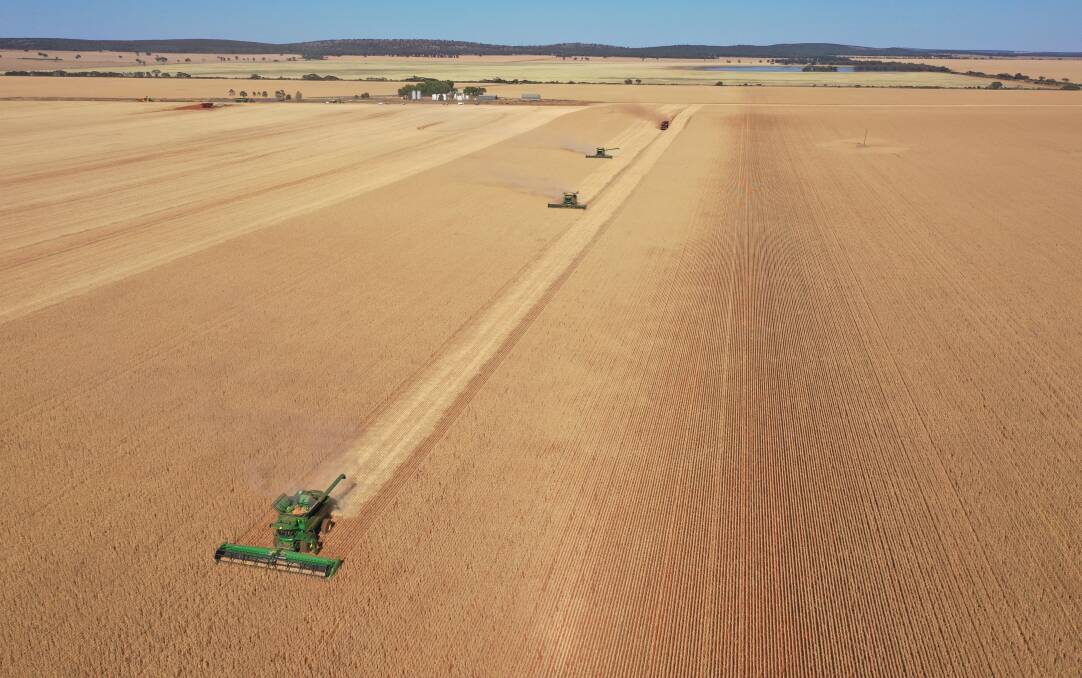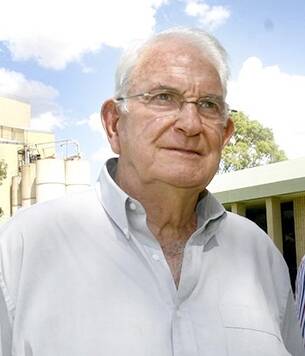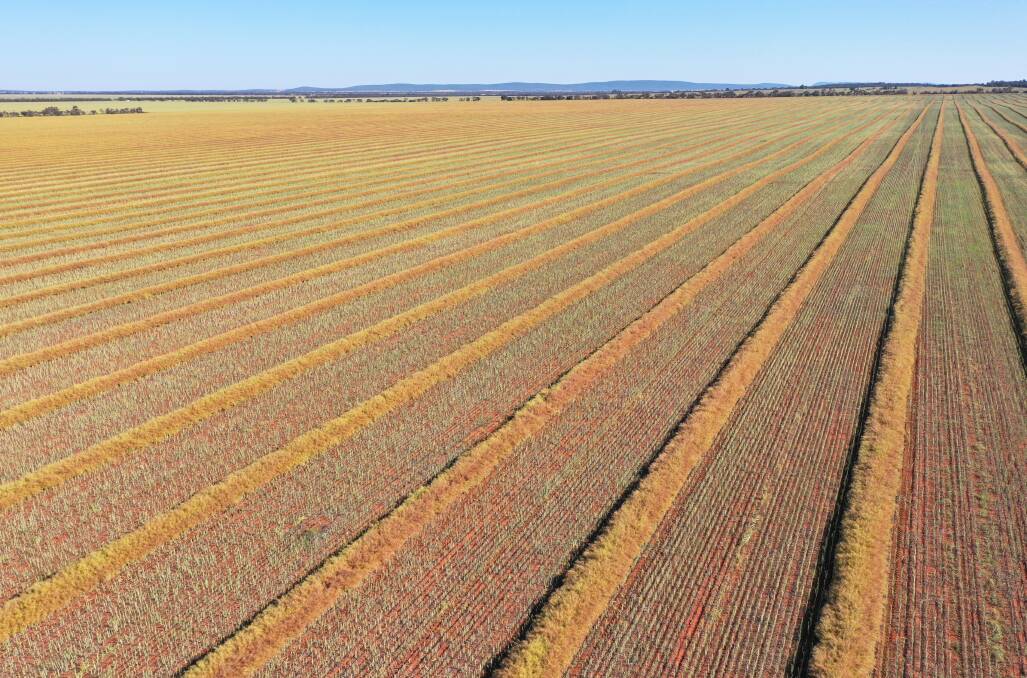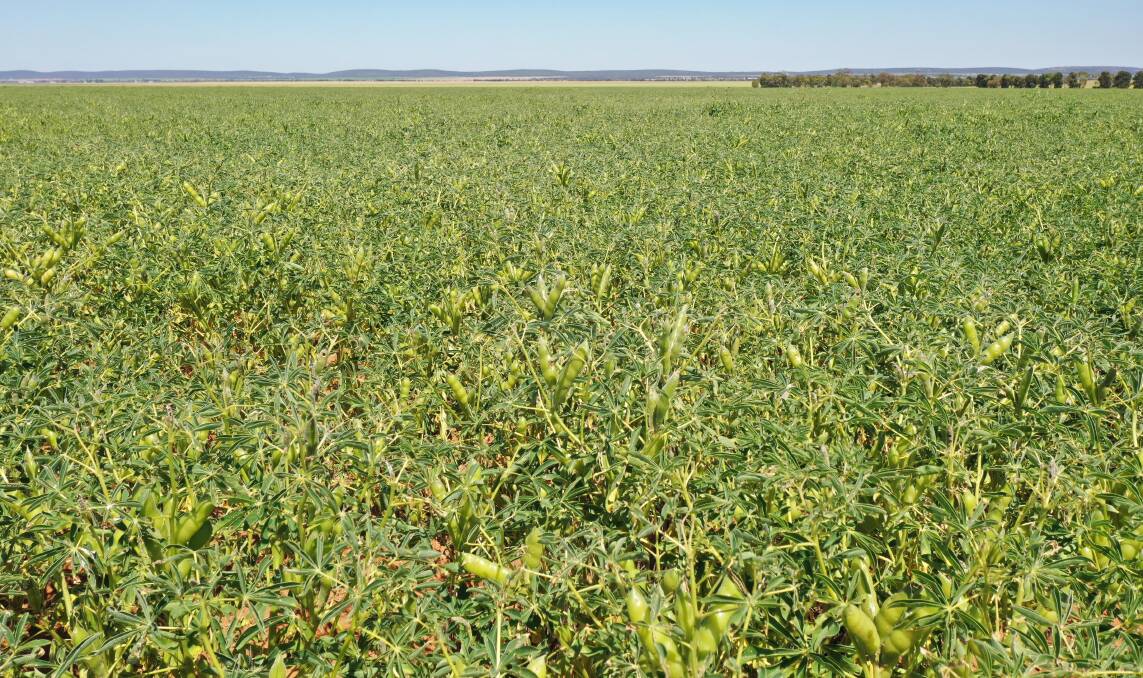
A farmer has partnered with a Canadian investment fund to buy one of the northern Riverina's largest individually owned properties.
Subscribe now for unlimited access to all our agricultural news
across the nation
or signup to continue reading
Poultry pioneer David Bartter's 26,839 hectare (66,321 acre) "Ballandry" aggregation in the NSW Riverina region has been sold to the joint venture for an undisclosed sum but was tipped to sell for around $120 million
The aggregation comprises 16 individual dryland cropping properties, which were amalgamated by Mr Bartter over the past 40 years, acting on his theory that neighboring land typically only becomes available once in a generation, if at all.
Selling agent CBRE's Boo Harvey said: "We wish the purchasers every success in the future. They have secured one of the largest cropping properties in the region and we look forward to watching Ballandry enter its next chapter under this new stewardship."

Ballandry was bought on walk-in-walk-out and included 45,457 Murrumbidgee Irrigation Delivery Entitlements as well as the benefit of the 2023 crop.
The offering includes 20,000 tonnes of grain and fertiliser storage as well as machinery sheds, workshops, plant and equipment.
It has an annual cropping program of 21,833ha across three aggregations and is located 37km north of Griffith.
After several failed attempts to sell, Mr Bartter said he was committed to the CBRE selling campaign which he expects will result in a change of ownership by mid-year.
"We have recently been approached with very good offers and see this new sale campaign as the last offer of my lifetime of work of building the Ballandry Station aggregation of farms," he said.
"It is time for new stewardship."
"A final sale decision will be made without delay so interested parties are encouraged to move quickly."
Although the sale is expected to attract international interest, Mr Bartter said he hoped an Australian consortium would buy his station "and maintain Australia's lead in worldwide food security".
Mr Bartter was a principal in the Bartter Enterprises family poultry business which grew to become Australia's second largest chicken meat venture and a major egg producer before selling its egg division in 2002 and its Bartters-Steggles meat operations to Baiada in 2009.

"This opportunity is truly once in a lifetime, a philosophy that Mr Bartter applied in building the aggregation of farms to what is presented today," Ms Harvey said.
"Farm aggregations of this size meet head-on the worldwide concerns with food security."
Ballandry has an annual cropping program of 21,833ha (54,074 acres) across three aggregations.
Its size allows for farming efficiency and diversity, predominantly of wheat, canola, barley, lupins, field peas and vetch.
Bespoke management practices, including the application of chicken manure to improve soil quality, have enhanced the red loam and red sandy loam soils.

"The region typically achieves average yields of 2.4 to 2.6 tonnes per hectare, however, we've seen these yields being well exceeded in recent years," Ms Harvey said.
The region benefits from a winter-dominant weather pattern and has an average annual rainfall of 424mm.
One of the aggregations has direct access to Murrumbidgee Irrigation's northern branch canal and has approximately 3000ha which has been tested as suitable for almond production.
"There are many opportunities for diversity and strategic farm management with Ballandry Aggregation," Ms Harvey said.



